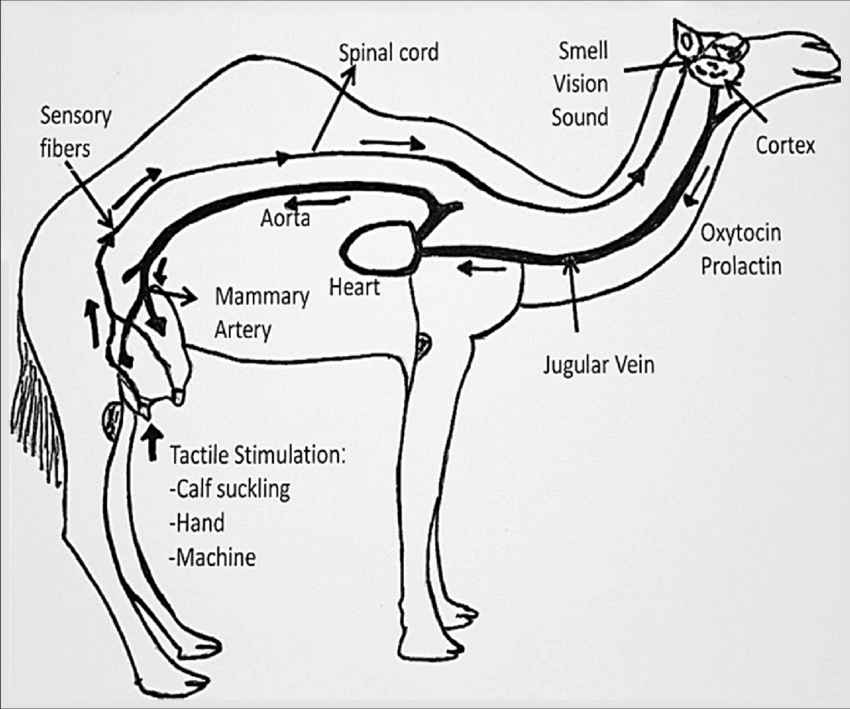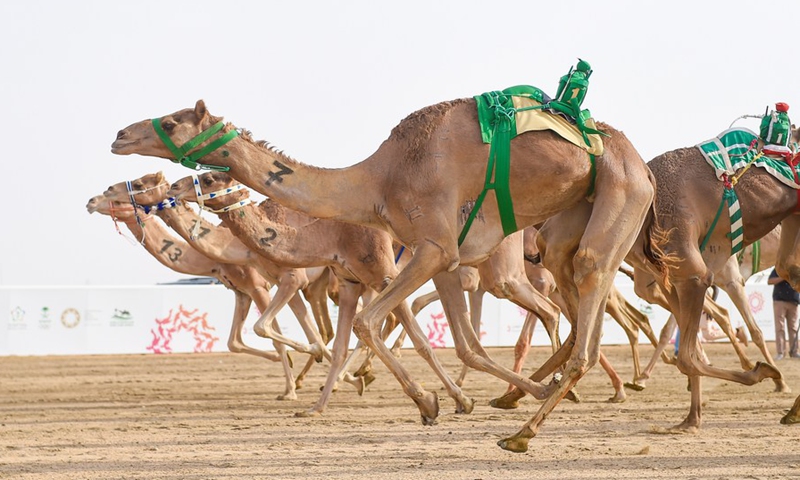Exploring Camel's Top Speed and Factors Influencing It
Camels, often associated with their ability to navigate harsh desert terrains, are remarkable creatures known for their unique features and adaptations. Beyond their reputation for endurance and load-carrying capacity, camels possess surprising speed capabilities. This article delves into the intriguing world of camel top speed, shedding light on how these creatures achieve remarkable velocities.
I. Anatomy and Physiology
To comprehend the camel's top speed, it's essential to understand their physiological attributes. Camels possess long, powerful legs that enable them to take long strides, covering extensive distances with ease. The structure of their feet, with two large toes providing stability in the sand, contributes to their efficient locomotion.

Anatomy and Physiology
II. Evolutionary Adaptations
The camel's evolutionary journey has resulted in adaptations that contribute to their top speed. Over millions of years, camels developed specialized muscles to sustain their movements over extended periods. Their hump stores fat, which serves as an energy reservoir during long journeys, including high-speed pursuits.
III. Types of Camels and Speed Variation
There are two main types of camels: dromedaries with one hump, and Bactrian camels with two. While dromedaries are known for their swiftness, Bactrian camels exhibit a slightly lower top speed due to their heavier build. Dromedaries have been observed reaching speeds of 40 to 50 miles per hour (64 to 80 kilometers per hour) in short bursts.
IV. Factors Influencing Speed
Various factors influence the camel's top speed. Terrain plays a crucial role; they can achieve higher velocities on compact surfaces compared to loose sand. The camel's age, health, and training also impact its performance. Younger, healthier camels with proper conditioning tend to exhibit faster speeds.
V. Human Utilization of Camel Speed
Throughout history, humans have harnessed the speed of camels for transportation and sport. Nomadic cultures relied on camels' speed to traverse deserts quickly, while camel racing has emerged as a popular sport in various regions. These events showcase the impressive speeds these animals can attain.

Human Utilization of Camel Speed
VI. Research and Technological Insights
Modern research and technology have provided insights into the biomechanics of camel locomotion. High-speed cameras and motion analysis tools have enabled scientists to study their movements in detail. These studies contribute to a deeper understanding of how camels achieve and maintain their top speeds.
VII. Conservation and Protection
With increasing human encroachment on natural habitats, the conservation of camel populations becomes crucial. Preserving their habitats ensures that these creatures can continue to thrive and exhibit their natural behaviors, including their remarkable top speeds.
VIII. Conclusion
In conclusion, the top speed of camels is a fascinating aspect of their biology and evolution. Their ability to reach impressive velocities despite their seemingly bulky build showcases the marvels of nature's adaptations. Whether it's for survival in harsh terrains or for human entertainment, the camel's top speed continues to captivate our curiosity and admiration.